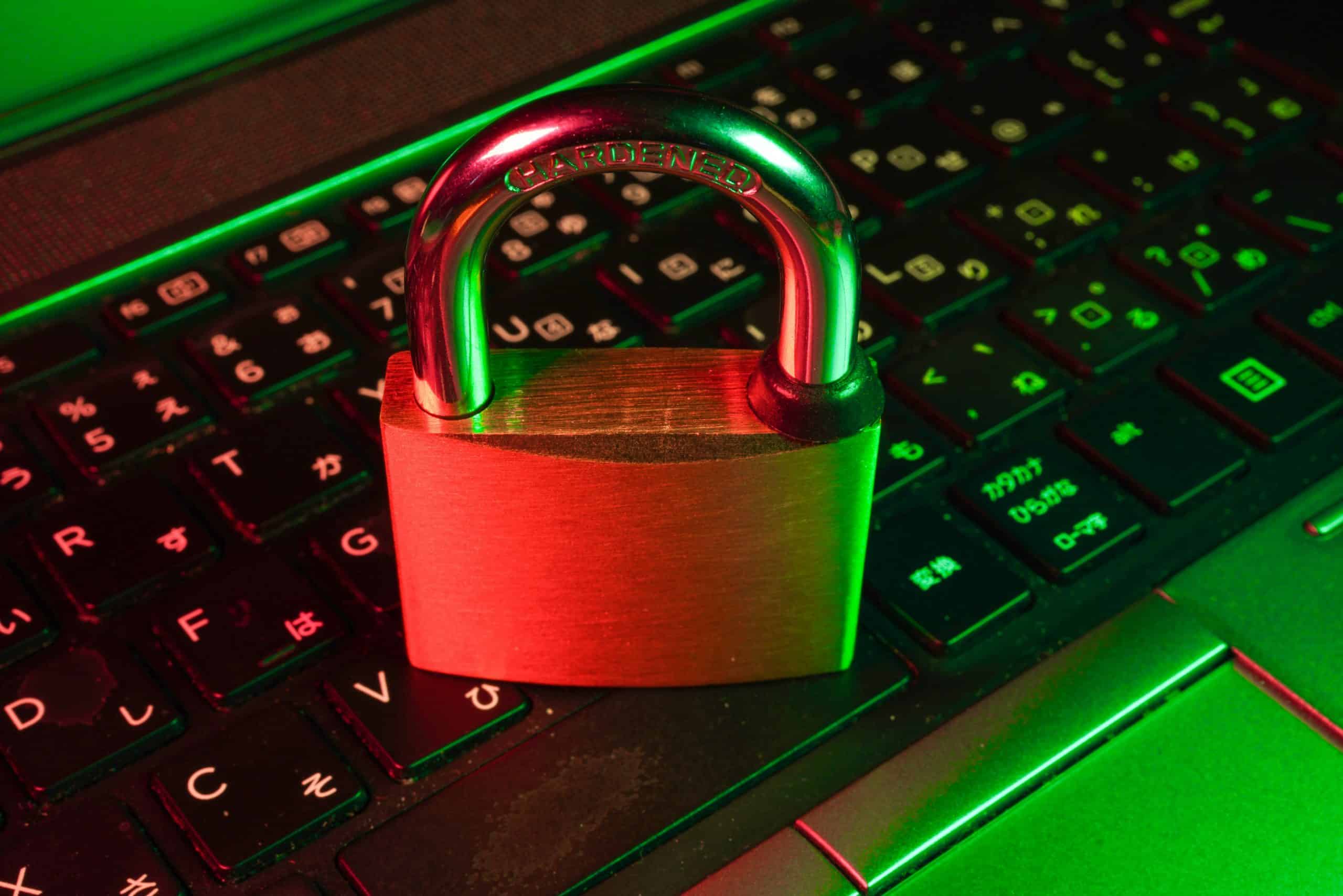Identity theft is big business. According to the Bureau of Justice Statistics, approximately 24 million people in the US were victims of identity theft in 2021. The FTC reported that almost a third of Americans experienced identity theft in 2022.
More than 10 billion personal records have been exposed since March 2020. And yet, in many cases, those impacted won’t know it’s happened, certainly not until it’s too late. Many don’t detect data breaches or identity theft at all as it’s difficult to solve a problem if you’re unaware it exists.
Even the best-prepared people can become victims of identity theft, which is why it’s vital to employ best practices to keep your information safe and to conduct identity verification![]() . Fortunately, most of these practices are straightforward. They will help you keep your information safe, reducing the chances of your identity being stolen and potentially limiting the negative impact if it happens.
. Fortunately, most of these practices are straightforward. They will help you keep your information safe, reducing the chances of your identity being stolen and potentially limiting the negative impact if it happens.

Why Do Criminals Commit Identity Theft?
Keeping your information safe requires knowing why criminals want it and how to prevent them. So, if identity theft isn’t about duplicating someone’s face and wardrobe and setting up another life, why do criminals get so excited about the prospect of stealing your identity?
As usual, it’s all about the money. By accessing your key personal data, criminals can make fraudulent transactions or commit scams and other crimes in your name.
These criminals are not necessarily after your money. With the right information, they can position themselves to commit fraud with more or less sophisticated scams.
What Information Should I Protect to Avoid Identity Theft?
This is not an exclusive list, but it will give you the idea. Criminals will find the following documents and information useful:
- Passport
- ID card
- Utility bills
- Bank statements
- Passwords, especially for Google and sites containing financial information
- Credit and debit cards
The kind of things that you’re asked for when setting up a bank account or applying for a loan are just what criminals find useful for stealing your identity and making fraudulent transactions or launching scams.
Equally, you should protect your personally identifiable information, such as:
- Age
- Gender
- Date of birth
- Birthplace
- Mother’s maiden name
- Email address
- Phone number
- Postal address
This information is more common, but can also be used by criminals to commit crimes, especially if they access several, enabling them to create a real-looking picture and pose as you.
How to Keep Your Information Safe
Here are some simple best practices that will help keep you and your personal data safe from identity theft.
1. Log off
If you leave your computer logged in when you’ve finished with it, others will be able to behave as though they are you once they turn on your machine.
This goes for emailing and online shopping, too. By remaining logged in, another person may be able to open your email or use your open account to make unauthorized purchases.
It could enable them to access other personal and financial information with which to perpetrate further fraud.
2. Use multi-factor authentication
Multi-factor authentication is where you need more than one proof of identity to access an account. In addition to a standard password, for example, you might also be required to use a one-time security code delivered by SMS.
Having to provide two forms of ID makes logging in slightly more laborious for you and much more difficult for the identity thief.
3. Use good password management
Despite the impact multi-factor authentication has made on improving data protection and avoiding identity theft, a good password remains the cornerstone of data protection practices.
The best passwords are hard to guess or crack. That means avoiding the names of people you care about or sports teams. Don’t use any words you might find in a dictionary. Make your password longer than 8 characters and try to use symbols as well as uppercase and lowercase alphanumeric characters.
4. Don’t leave your device unattended
Not only is this a good way to have your device stolen, an opportunist could steal your identity, too. If the thief isn’t interested in identity theft, the recipient of the stolen device might be.
If your device is stolen, you’ll be glad that you were logging off and using multifactor authentication. But the best practice of all is to keep your device with you at all times.
5. Avoid public wi-fi
Public wi-fi refers to the hotspots you get in coffee shops and airports. It’s convenient and it’s terrible for security. Such networks normally give you a disclaimer before you connect, reminding you that you are about to connect to public wi-fi and that you do so at your own risk.
If you’re using public wi-fi (don’t do it), assume that someone is watching everything you do over your shoulder. Criminals love public wi-fi and will hang out on those networks to enjoy the relatively free access to personal data, financial information, and people’s devices.

6. Learn to identify phishing attempts
Phishing is where a criminal tries to get you to respond to a message with personal information so that they can make fraudulent transactions or use identity theft for another purpose.
In addition to people physically using your device or intercepting communications via public wi-fi, phishing is a key way that criminals access your personal data for fraudulent purposes.
A phishing attempt may look like:
- A communication from the IRS
- A letter from a debt collector
- A notice concerning a package for collection by a delivery service
- An invitation to claim a prize
In reality, they are attempts to part you from your money or your personal information.
The common ground of phishing attempts is that they frequently use fear and urgency to get people to act without thinking.
As well as spotting phishing by their hard sell, scam emails like this often have poor grammar and spelling.
And if the offer is too good to be true, it probably is.
If you’re on the fence about whether the message is genuine or not, you can use Nuwber to verify the sender’s details. This will help you ascertain if they are who they claim to be. It’s never too soon to start taking precautions, and it’s never too late to do something about being stung.
Protect Your Information, Your Identity, and Your Money
Taking data protection seriously is the first step to avoiding identity theft. The second step? By applying the simple practices in this post, you’ll make your life slightly more difficult—for example, you’ll be logging out and retyping your password more often— but your information will be far, far safer, reducing your risk of inconvenient and potentially expensive identity fraud.